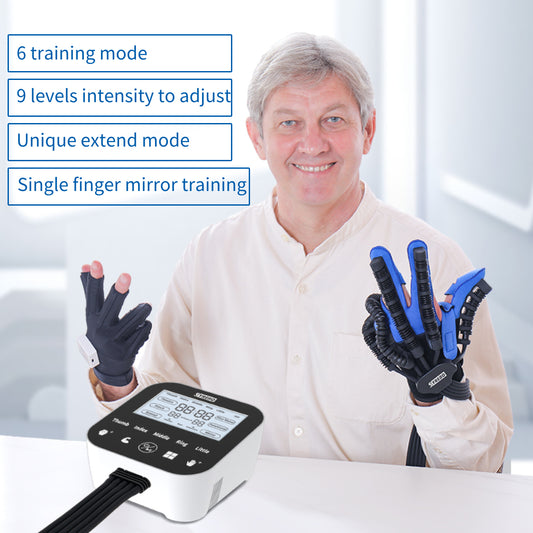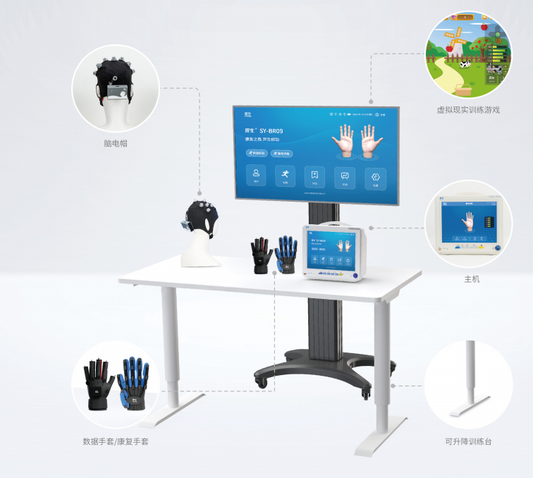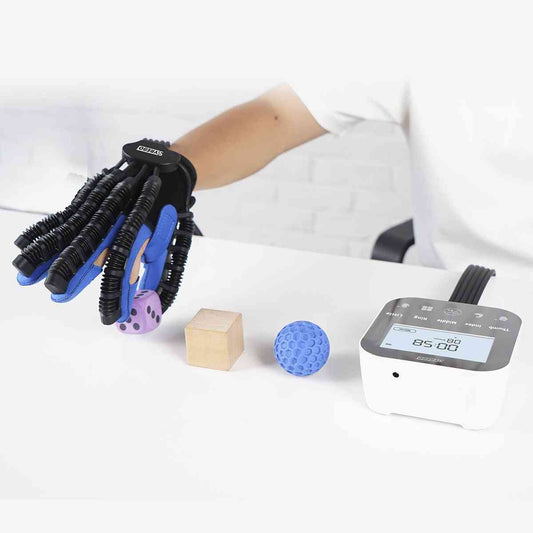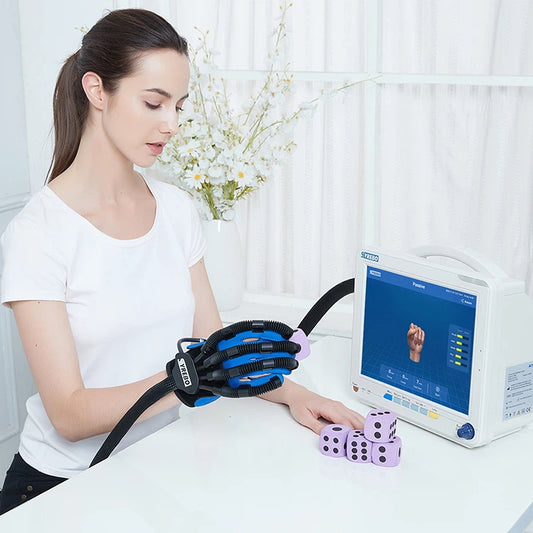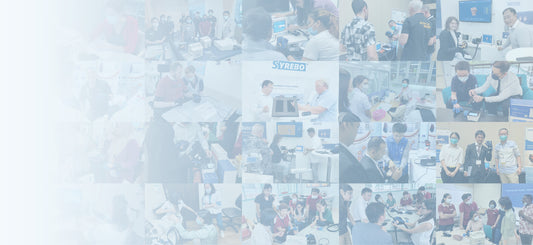Comment les patients victimes d’un AVC présentant un dysfonctionnement cognitif doivent-ils suivre une rééducation ?
Le trouble cognitif post-AVC est un syndrome clinique caractérisé par une déficience cognitive qui survient après un AVC et persiste jusqu'à 6 mois après l'événement. Selon la gravité du trouble cognitif, on peut le classer en trouble cognitif post-AVC sans démence ou en démence post-AVC, dans lequel la capacité à mener une vie et à travailler est gravement altérée, et environ 1/3 des patients victimes d'AVC présentent un trouble cognitif post-AVC.

Manifestations courantes du dysfonctionnement cognitif
- Perte de mémoire
Certains patients éprouvent des pertes de mémoire importantes lorsqu'on leur demande : « Qu'avez-vous mangé au petit-déjeuner ? », « Qui est venu vous voir ? ». Il est souvent difficile d'avoir un souvenir précis et, dans les cas les plus graves, le patient peut même ne pas se souvenir de ce qui vient de se passer.
- Déclin cognitif sensoriel
Par exemple, un médecin peut poser quelques questions simples à un patient lors d'une visite dans son cabinet, sortir un stylo et demander au patient : « Qu'est-ce que c'est ? » C'est une question très simple pour une personne en bonne santé, mais certains patients bégayeront pendant une demi-journée et ne seront pas capables d'en dire la raison. Certains peuvent répondre correctement après une demi-journée de réflexion, mais lorsqu'on demande ensuite au patient de quelle couleur est le stylo, l'expression du patient est très raide.
Exercices courants de rééducation cognitive
L'entraînement précoce de rééducation cognitive peut non seulement améliorer le dysfonctionnement cognitif des patients après un AVC, mais aussi favoriser la récupération de la capacité des patients à effectuer des activités de la vie quotidienne. En règle générale, plus tôt l'entraînement de rééducation est commencé, meilleur est l'effet ; généralement, 2 à 3 jours après un infarctus cérébral ou 3 à 5 jours après une hémorragie cérébrale, sous réserve que les signes vitaux du patient soient stabilisés, le patient peut être réalisé selon les conditions spécifiques de l'entraînement de rééducation. Les méthodes d'entraînement spécifiques sont les suivantes :
- Méthodes d'entraînement à l'attention
- Tout d'abord, apprenez au patient à observer activement son environnement, comme l'emplacement de la télévision ou de la radio ou une porte ouverte. Le contenu de l'attention peut varier de proche à lointain, et la durée peut varier de courte à longue, en commençant par les choses qui intéressent le patient.
- Commencez le traitement dans un environnement calme et passez progressivement à un environnement plus normal.
- Lorsque l’état du patient s’améliore, augmentez progressivement le temps de traitement et la difficulté de la tâche.
- Méthodes d'entraînement de la mémoire
- Répétition : Le patient répète ce dont il se souvient pour approfondir la mémoire. Par exemple, description complète : Qu'ai-je mangé ou fait ce matin ?
- Mnémotechnique : Le patient peut utiliser des chiffres ou des lettres simples pour associer et représenter certaines choses ; par exemple, lorsque le thérapeute montre 1, le patient peut se rappeler : « J'ai besoin de boire un verre d'eau. »
- Lieux et choses fixes : Par exemple, le patient range et enfile ses vêtements dans le même ordre chaque jour, et met et enlève ses chaussures au même endroit, afin qu'il puisse se familiariser avec les endroits où sont rangées les choses, et il sera plus facile de les retrouver en cas de besoin.
- Notez les informations importantes dans un carnet. Par exemple, les noms des nouvelles personnes que vous rencontrez et l'endroit où se trouvent les objets importants peuvent être notés dans un carnet, afin de pouvoir y revenir lorsque vous ne vous en souvenez plus.
- Réglage d'une alarme : si le patient a quelque chose d'important à faire aujourd'hui mais qu'il a peur de l'oublier, vous pouvez régler un réveil et écrire la liste des choses à faire sur un petit morceau de papier à côté. Cela rappellera au patient ce qu'il doit faire à quelle heure.
- Méthodes d'apprentissage de la directionnalité
L'entraînement à la directionnalité peut être utilisé lorsque le patient est incapable de reconnaître des personnes, des lieux ou des heures et lorsqu'il présente des signes de désorientation, comme un manque de clarté sur l'âge ou le nom d'une personne. Des outils tels que des agendas, des calendriers, des graphiques et des cartes de rappel peuvent être utilisés. Par exemple, montrez au patient l'année, le mois et le jour sur un calendrier ou créez un graphique spécial chaque jour pour aider le patient à se souvenir de l'heure ; montrez-lui le temps qu'il fait dehors ou ce que les gens portent ; et demandez-lui à plusieurs reprises des messages intéressants ou caractéristiques pour l'aider à se souvenir des personnes ou des lieux nécessaires.
Ces méthodes nécessitent un entraînement constant afin de continuer à consolider et à approfondir la mémoire du patient et d'améliorer l'efficacité du traitement. Différentes stimulations ou mesures thérapeutiques doivent être administrées en fonction des différentes conditions du patient, et il est bon de trouver la méthode la plus adaptée. Les outils et équipements de récupération après un AVC Syrebo seront également utiles. Vous pouvez trouver quelque chose qui vous convient vraiment en parcourant notre boutique en ligne.


